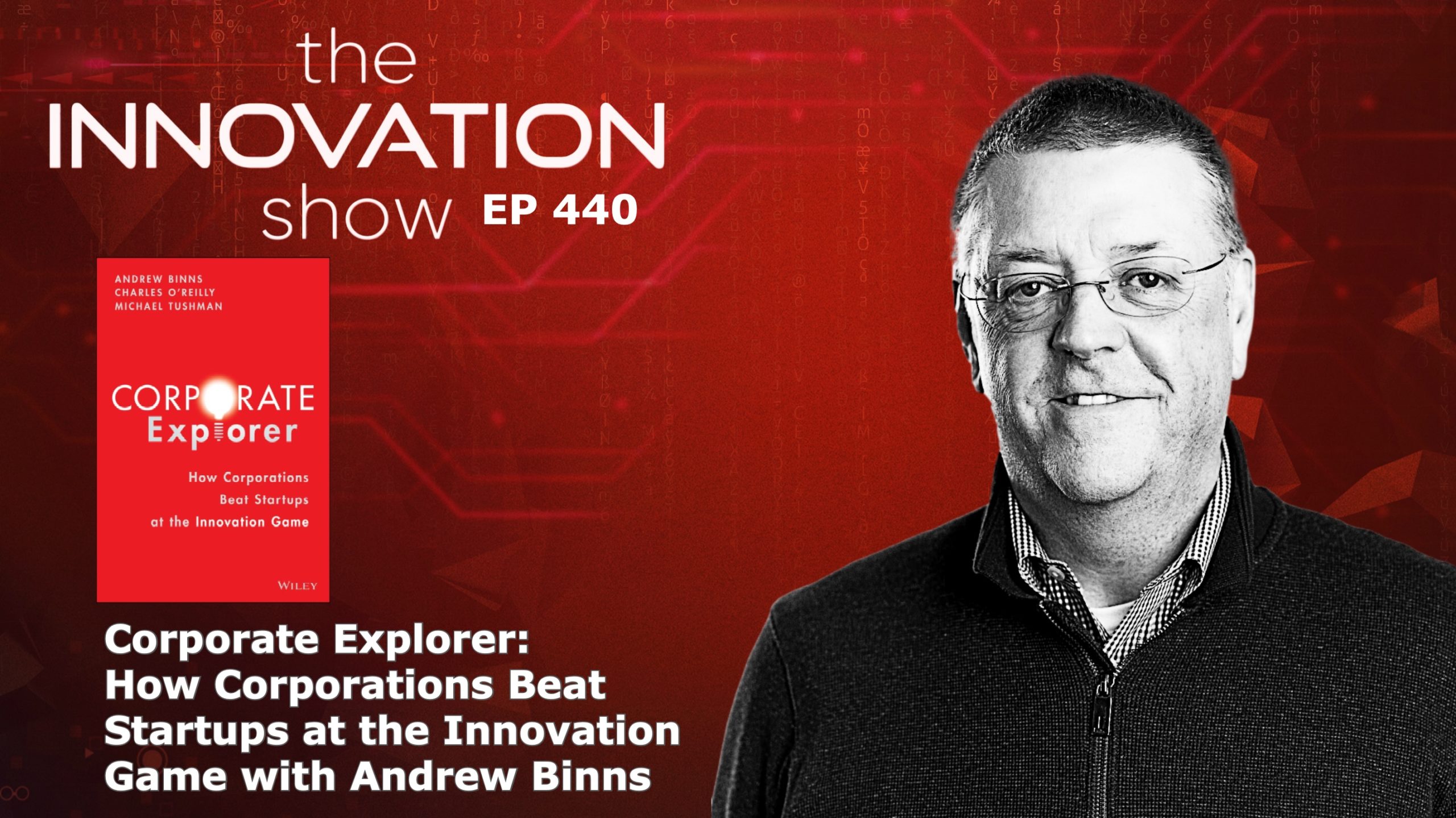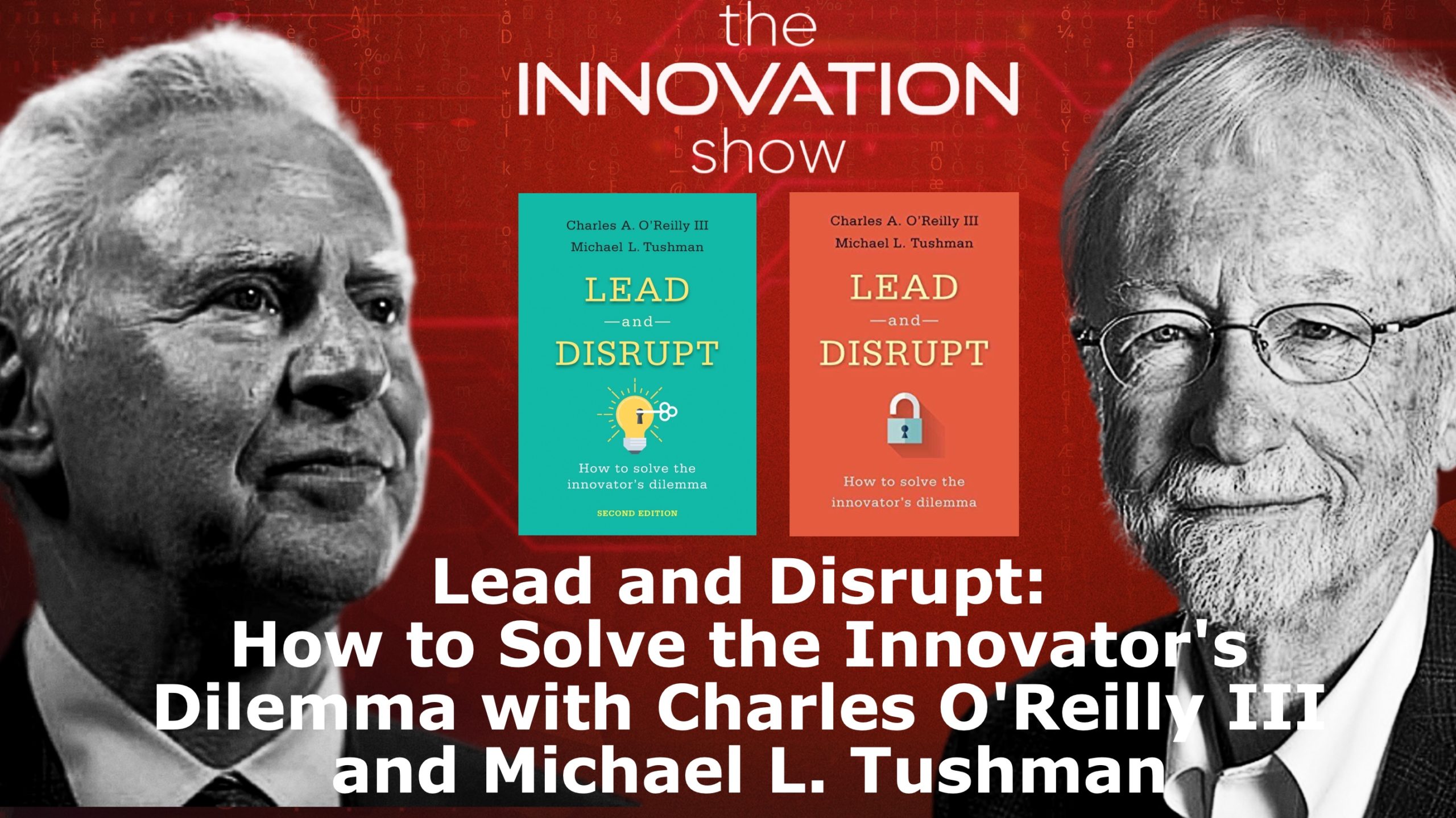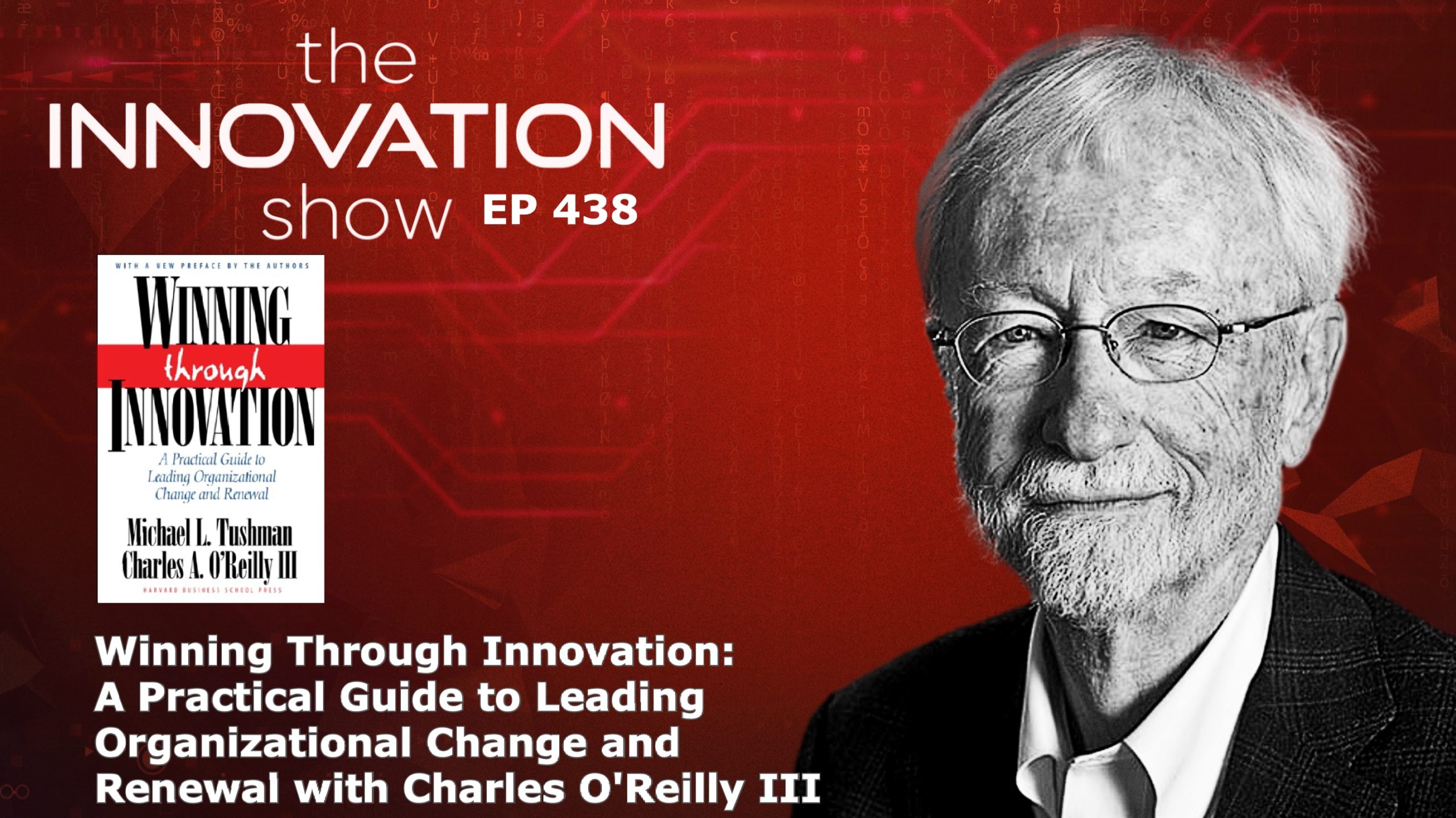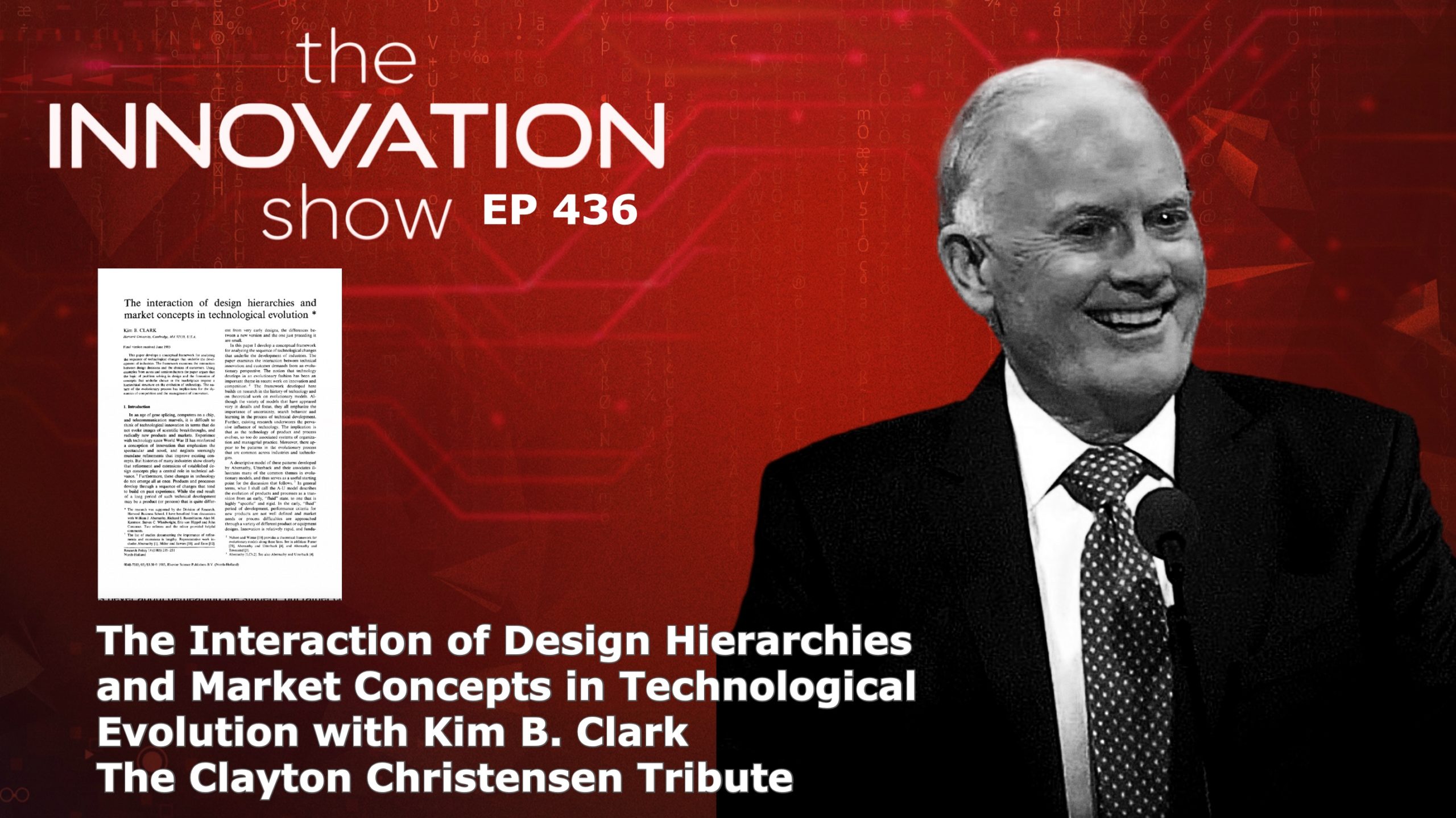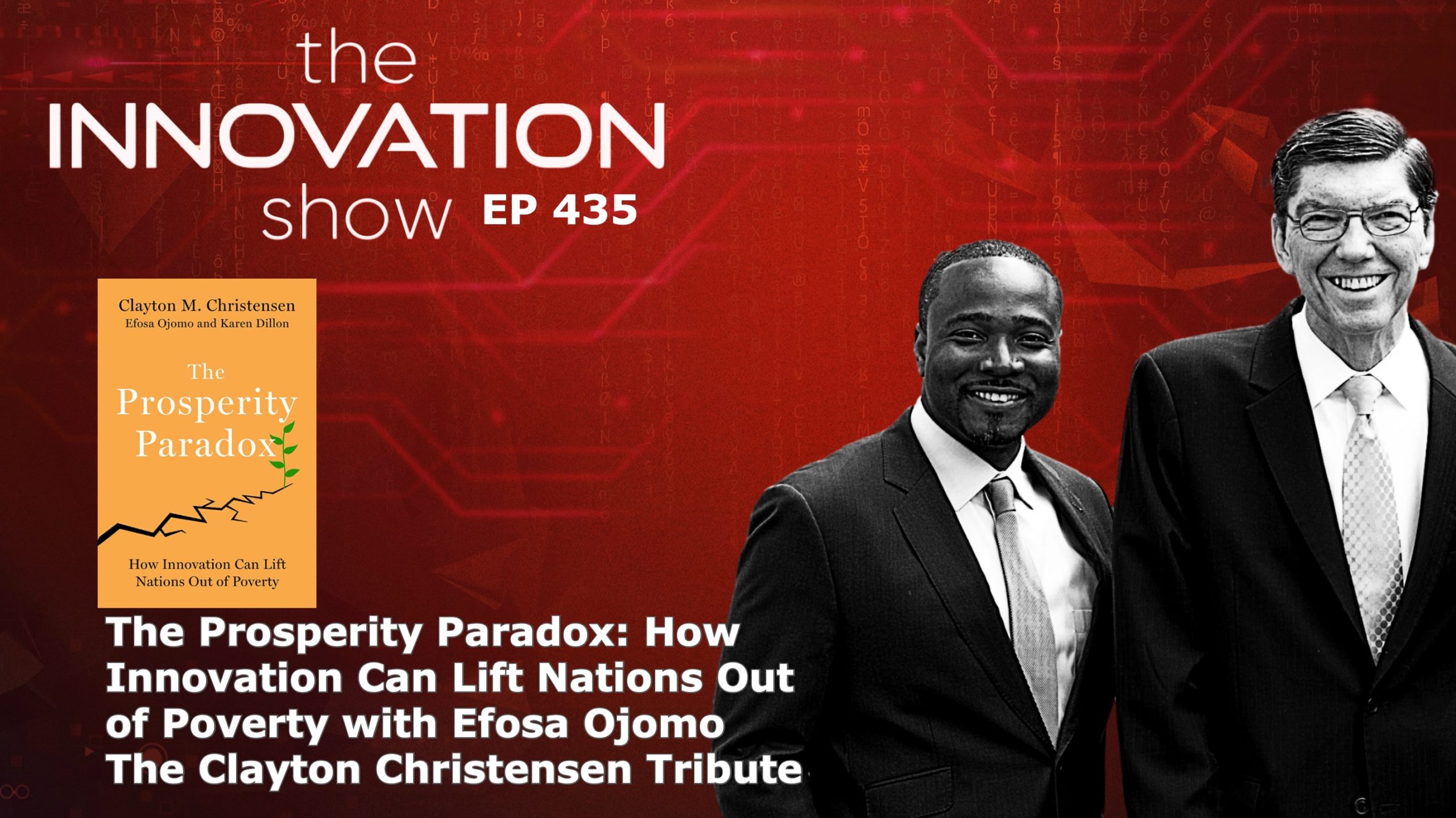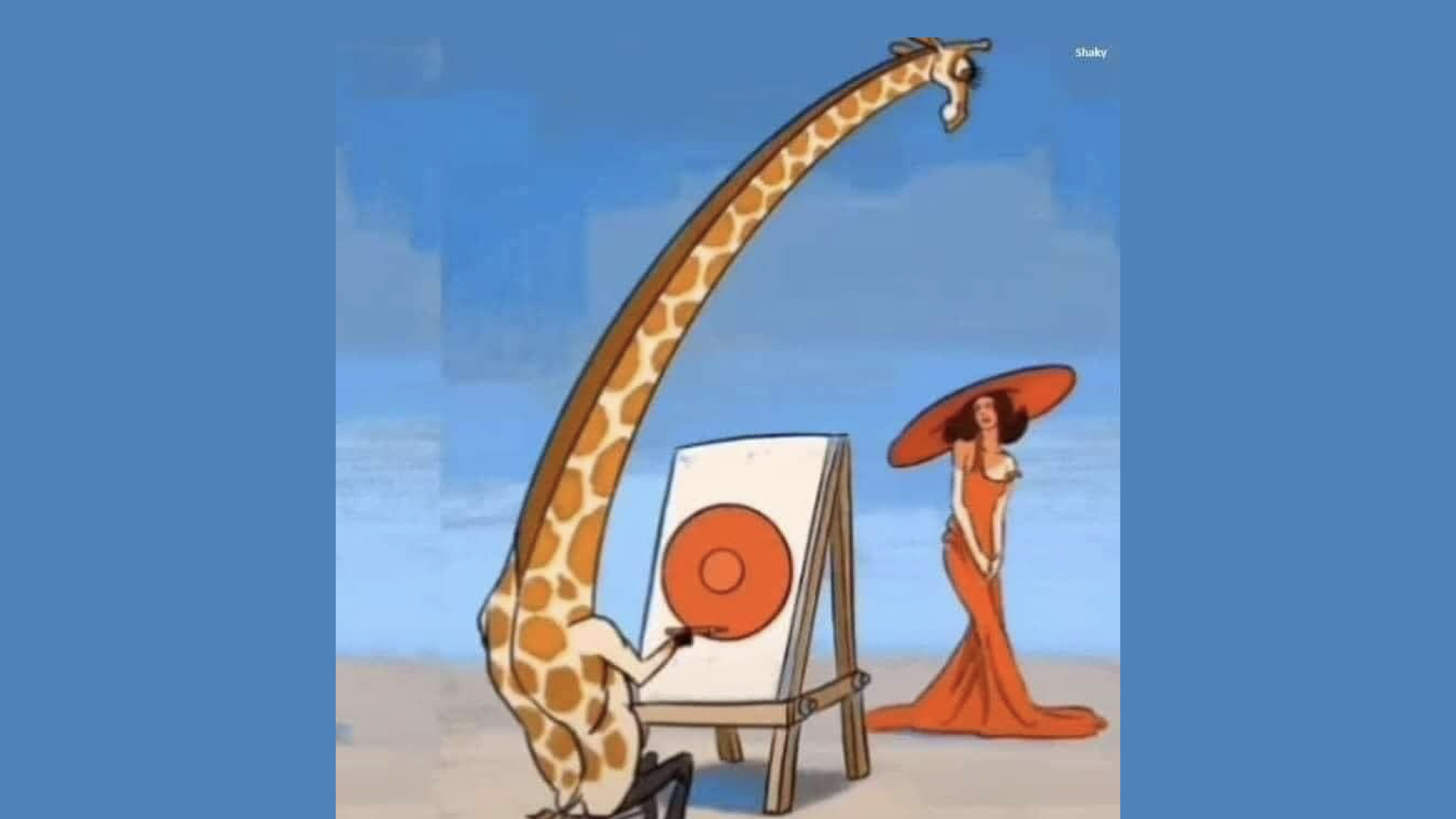In Chapter 5 of the Corporate Explorer, Binns, Tushman and O’Reilly share how a Corporate Explorer created a new business inside the consulting and accounting firm Deloitte.
His new unit, Deloitte Pixel, uses the “wisdom of crowds” to solve complex management problems. Ice are joined by Balaji Bondili.
Posted 1 year ago Tagged
Our guest had just joined IBM from McKinsey and was assigned as an internal consultant charged with supporting these nascent businesses.
We are about to hear that story and so much more.
It is a pleasure to welcome the author of “The Corporate Explorer: How Corporations Beat Startups at the Innovation Game” Andrew Binns
Posted 1 year ago Tagged
O’Reilly and Tushman illustrate how leaders can align their organization’s cultures to fit the needed strategy and how ideation, incubation, and scaling approaches, when used all together, can successfully develop new growth businesses.
Posted 1 year ago Tagged Aidan McCullen Business Corporate Culture Disruption Entrepreneurship Leadership Strategic Hail Mary Pass Strategy Transformation
Businesses throw Hail Marys when encountering a crisis, such as declining sales or disruptive innovation, or technology suddenly upends their business plan. Equally, leaders throw Hail Marys to meet analyst expectations when they have been coasting in the game for a long time. In sports, there is a thin line between arrogance and confidence, and business organisations often fall into the success trap.
Posted 1 year ago Tagged Aidan McCullen Ambidexerity Business Entrepreneurship Human Potential Innovation Lead and Disrupt. Exploit and Explore Leadership Technology Tushman and O'Reilly Undisruptable Winning Through Innovation
In part 2 of our Tushman and O’Reilly series, Charles O’Reilly III explores the importance of cultural alignment in encouraging change. We focus on the cases of DaVita, Microsoft and AGC.
Posted 1 year ago Tagged Aidan McCullen Ambidexerity Business Corporate Culture Disruption Entrepreneurship Innovation Lead and Disrupt. Exploit and Explore Leadership Technology Transformation Tushman and O'Reilly Undisruptable Winning Through Innovation
In today’s business world of flux, explore units are agile, decentralised, experimental cultures, loose work processes, strong entrepreneurial and technical competencies, and relatively young and neurodiverse employees. In contrast to the exploit units, these small entrepreneurial units are inefficient, rarely profitable, and have no established histories. They often deliberately violate the norms valued in older parts of the organization.
Because the explore units are wildly different from the exploit incumbent, explorers are often undermined by the parent company, whose short-term needs override exploration. While the exploit teams win in the short term, they sink the company in the long.
Posted 1 year ago Tagged Aidan McCullen Business Corporate Culture Deinosuchus Disruption Leadership Rightsizing Strategy Transformation
Leaders must rightsize the organisation for their current reality when confronting change, a difficult task, as Kodak discovered.
Posted 1 year ago Tagged Aidan McCullen Business Clayton Christensen Design Rules Entrepreneurship Harvard Dean Kim Clark HBR Innovation Kim B. Clark Kim B. Clark - The Interaction of Design Hierarchies and Market Concepts in Technological Evolution Kim Bryce Clark Leadership Modularity Technology Undisruptable
Kim Bryce Clark is with us to celebrate the life and theories of his friend Clayton Christensen and, indeed, share some of his theories.
Posted 1 year ago Tagged Aidan McCullen Business Clayton Christensen Efosa Ojomo Entrepreneurship Innovation Leadership Prosperity Paradox Technology Undisruptable
It’s a pleasure to welcome the co-author of The Prosperity Paradox: How Innovation Can Lift Nations Out of Poverty, Efosa Ojomo
Posted 1 year ago Tagged Aidan McCullen Business Clayton Christensen Disruption Innovation Leadership Strategy Transformation
History is replete with examples where bankrupt organisations had all the ingredients they needed to endure, but their perspective biased their evaluation. In many cases, engineers at established firms had invented the same technology that led to their firm’s demise. However, the entrants led the commercialisation of disruptive technologies rather than incumbents because of the relativity problem.

